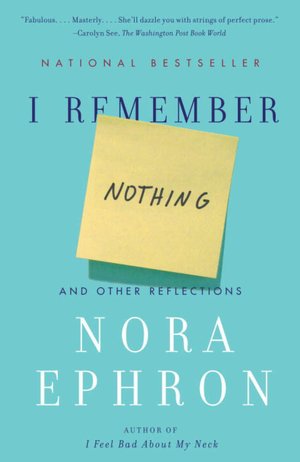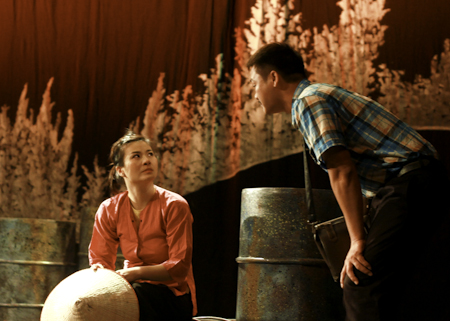Nora just died few weeks ago (26 June). It's really a bad news. She's a talent in rom-com movies which conquer viewers over the world. Her movies are kind of chick-flick but still make men want to see. In fact, her male characters are not boring. Do you like Jack Nicholson, Billy Crystal, Tom Hanks, and John Travolta, A-list movie stars? All of them played in her few movies. The list has Steve Martin, Kurt Russell, Will Ferrell...
 |
| The screenplay book I edited in Vietnamese |
 |
| Some scenes in When Harry Met Sally... with Billy Crystal and Meg Ryan |
Ephron's movies seem quite soft, not serious and they contain all small things about emotional world of women, the way they seek love, discover men, etc... But they tell the stories in a charming and subtle way. Their message is a calling for love, the communication between lonely people in urban society. Ephron's movies are the treatment for curing and mending broken hearts. Of course, my expression seems quite cliché, but it's true.
***
Now I should say about her last work: the book. It was published in 2010. Its content comes from articles in The Huffington Post, The New Yorker, The New York Times and Vogue. I like "Journalism: A Love Story" and "My Life as an Heiress" the most. The former tells about her time in Newsweek and The New York Post around 1962 when she started her career as a journalist. She had to move quiet slowly from position of a mail girl ("my job couldn't have been more prosaic"), then clipper ("after a few months, I was promoted to the next stage of girldom at Newsweek: I became a clipper") - "Being a clipper entailed clipping newspapers from around the country." "Being a clipper was a horrible job, and to make matters worse, I was good at it. But I learned something: I became familiar with every major newspaper in Ameria." Starting with very ordinary jobs, but Nora let the readers learn that she always was an optimist. Her memory was very humorous and lively.
"Three months later, I was promoted again, this time to the highest rung: I became a researcher." It's a kind of fast checking job if there's any mistake in content of articles before publishing. It's not morasse (pre-printing) errors but the correctness of names, places and numbers. During the time of famous 114-days newspaper strike (Dec 1962), she accidentally catch the chance to work for The New York Post as a columnist. Then she worked for it for 5 years. This job perhaps brought her good material in writing.
All what I could say, Nora Ephron is a valued author to read and study, besides her movies. Reading them, we understand why her books are "national bestsellers" of America. They have the interesting links with the movies, social trends and even history of the country she lived in. Her books are not too complicated but easy to read, even with a foreign like me. It's evidence of power of American entertainment industry.









